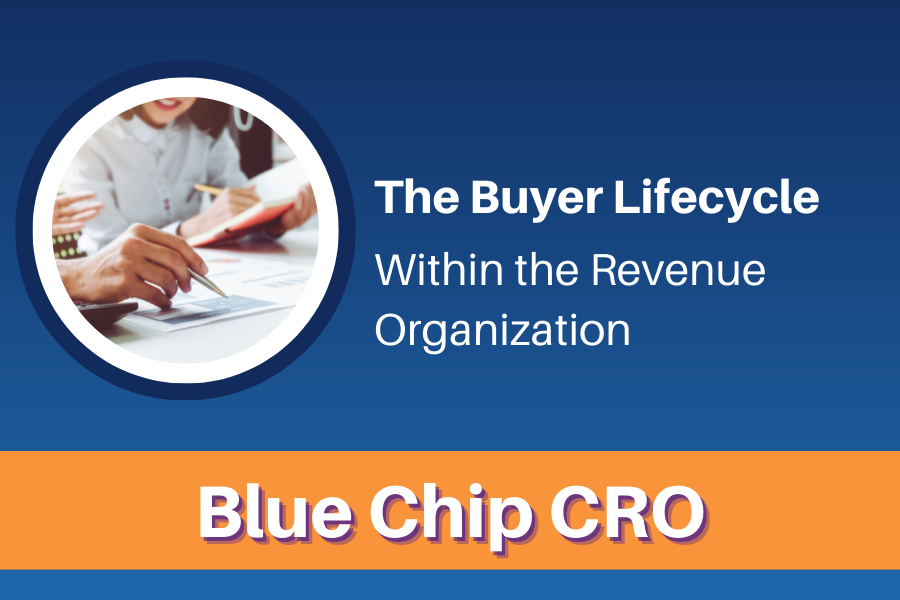
This is a very simple and easy-to-use framework for building a buyer journey. Think of this as a 101 course to help align your processes to your buyer. At the end of this blog is a brief journey map you can use to kick start some healthy conversation around revenue acceleration and exceptional customer experiences!
We often hear “sales process” as a standard term to understand how we take a prospect from “introduction” to “closed won” and everything in between. High level, it’s important to have a process, especially as it relates to forecasting and servicing your prospect. The sales process has a start, an end, and some stages in between. Do a Google search for “sales process”, click on the Images tab and look at how many different stages there are and how different they have become. Again, this is common and most know what a sales process is and what it entails.
A sales process is only a portion of the bigger picture to understanding true revenue growth, expansion, and retention. This is where journey mapping is more than a marketing fluff term. Is it high level? YES! Is it necessary? YES! Does everyone in the revenue organization need to know it inside and out? YES! When this is built and used throughout the revenue organization, true alignment can occur, and clarity is established within each team to focus on their part of the revenue assembly line. This is where a journey map illustrates how each team can do their part to help a buyer truly win and not simply move a buyer through a process. The process starts with marketing.
Marketing needs a process of identifying potential buyers and generating interest in your product or service. Just like a sales process, there is a start, an end, and some stages in between. To determine the stages, it’s important to outline goals and objectives in each stage that ultimately result in some behavior or action from the buyer that advances each stage. I like using KPIs for this. These tend to focus on outputs that help govern what actions we should take throughout each stage to best support the buyer in their journey.
Customer success is no different; there needs to be a process. This starts with an internal kickoff between sales and customer success to align on everything first. Once aligned, we plan a customer kickoff which involves implementation and training. From there we move into different stages of adoption, and then into support, education, renewals, and upsells. A simple framework for building milestones into your buyer journey.
The journey map below is a great template from Creately, which I modified slightly, that can provide a framework for creating your buyer journey and mapping each of the stages and goals throughout. A full link to their article on customer journey maps with editable templates (like this one) can be found here.
If you want to talk more about journey mapping and putting this into action, let’s chat about taking you on your revenue acceleration journey!
Click here to set up a time to chat!

Ed Porter | Fractional Chief Revenue Officer
- Subscribe to my Not Another Newsletter
- Subscribe to my blog here
- Follow Blue Chip CRO on LinkedIn
- Wanna chat? Book some time with me